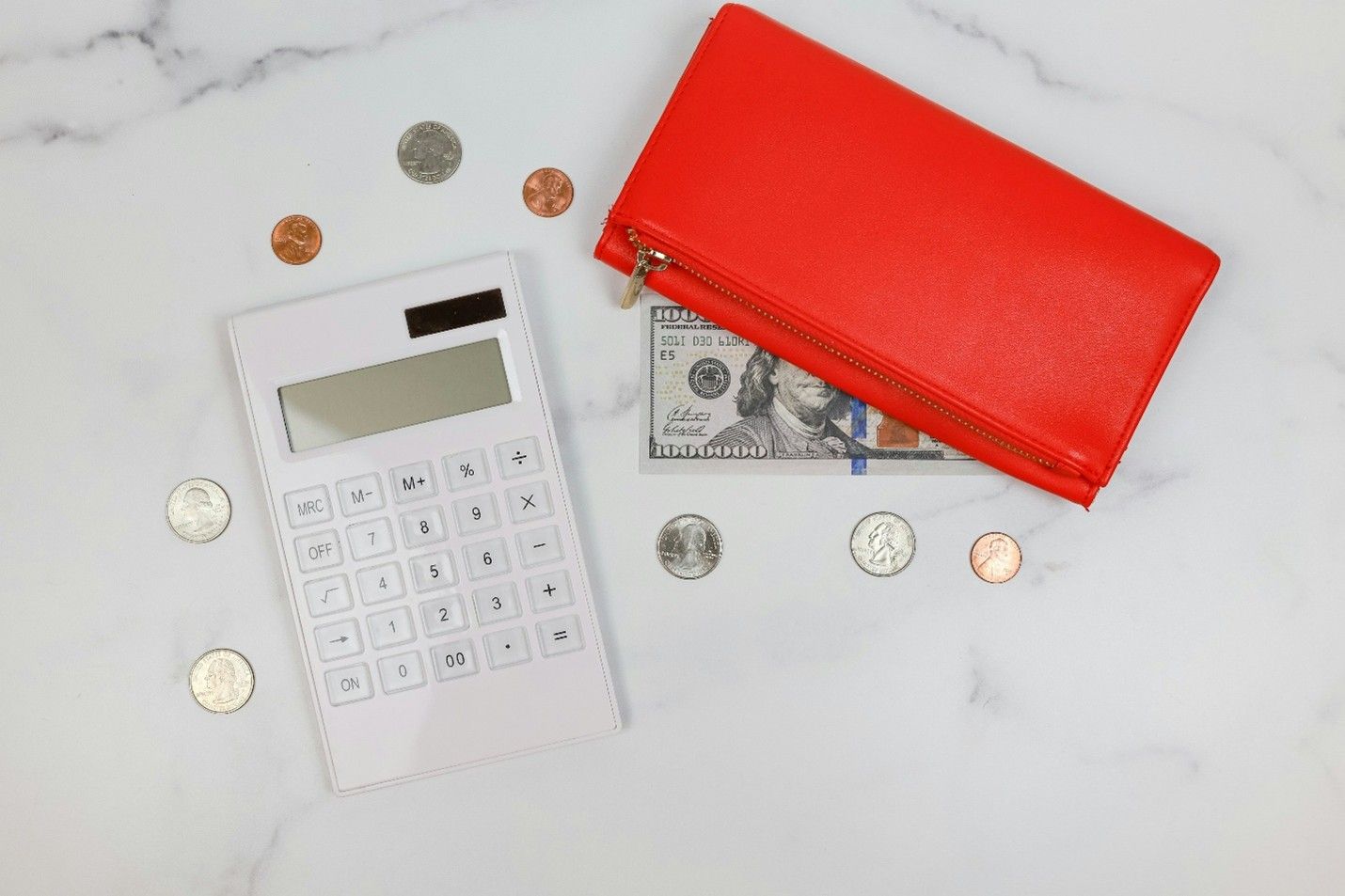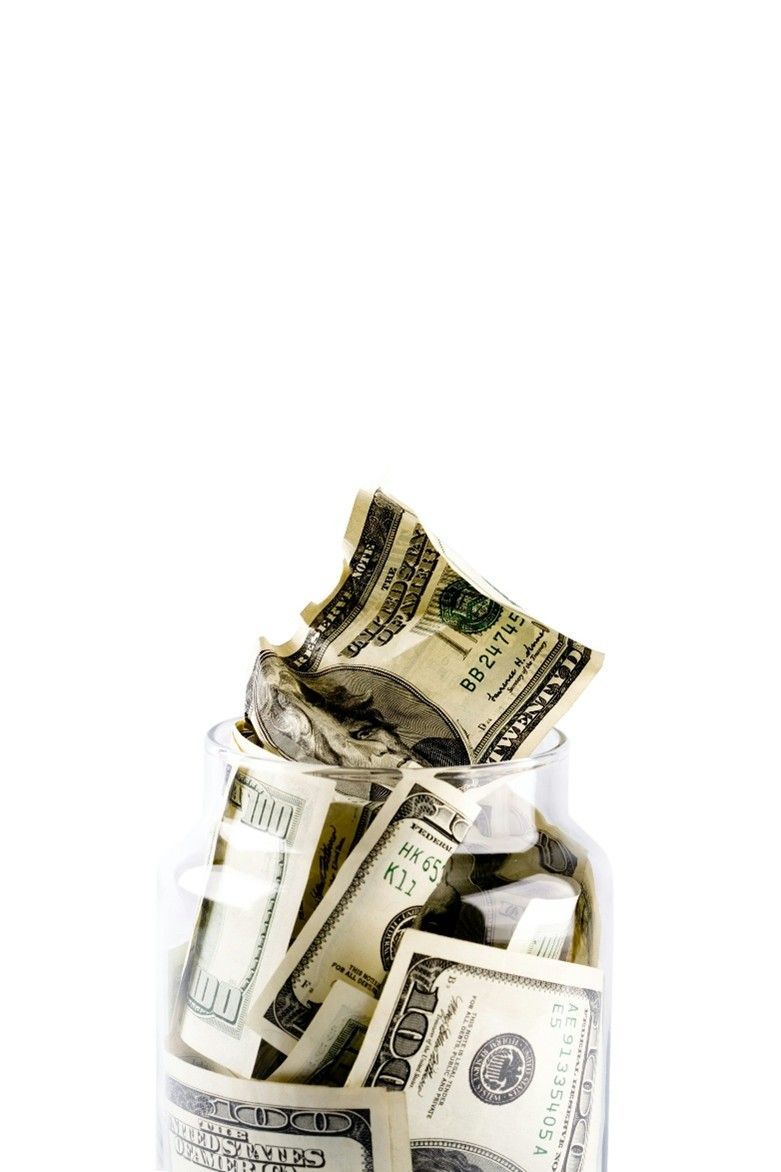Tiny Lifestyle Changes That Save You $500+ a Year (Ultimate Guide)

Photo by Katie Harp on Unsplash
Sometimes the smallest changes make the biggest difference. When you’re living paycheck to paycheck, saving even a little can ease stress and keep you on track financially. At Cash Now California, we encourage customers to borrow responsibly and pair payday loans with smart money habits. Here’s a comprehensive guide with 50+ lifestyle tips that can help you save $500–$3,000 a year.
Food & Grocery Savings
1. Pack lunch instead of eating out
Spending $10–$15 daily on lunch adds up quickly. Packing your own lunch can save $200+ a month, or more than $2,400 a year.
2. Cook at home more often
Even ordering takeout twice a week can cost $100+. Cooking at home saves money and is often healthier.
3. Use grocery store loyalty cards
Most stores offer discounts and digital coupons for loyalty members. A few clicks on an app can save $20–$50 per month.
4. Buy in bulk for staples
Items like rice, pasta, and canned goods are cheaper in bulk. Warehouse stores or online bulk deals can save 20–30% over time.
5. Plan meals ahead
Planning prevents impulse purchases and food waste. Write a weekly menu and buy only what you need.
6. Avoid food waste (freeze leftovers)
Throwing away spoiled food is like throwing away money. Freeze leftovers or repurpose them into new meals.
7. Switch from brand names to generics
Generic products often have the same ingredients but cost less. Savings of $10–$20 per trip add up to hundreds yearly.
8. Limit coffee shop visits
Your daily $5 latte adds up to $1,800 a year. Brewing coffee at home can cut that cost by 80%.
9. Use cashback apps (Ibotta, Rakuten)
Scan receipts or shop through cashback apps to earn money back on everyday purchases.
10. Grow your own herbs/veggies
Even a small herb garden can save $50–$100 a year on fresh ingredients.
Bills & Utilities
11. Turn off lights when not in use
Simple habit changes can shave $10–$20 off your electric bill monthly.
12. Unplug electronics
Devices draw power even when not in use. Unplugging can save $50–$100 per year.
13. Use LED bulbs
LED bulbs use 75% less energy and last years longer than traditional bulbs.
14. Wash clothes in cold water
Hot water uses more energy. Cold washes clean just as well and lower bills.
15. Line-dry clothes
Dryers eat electricity. Drying on a line or rack saves money and extends clothing life.
16. Adjust thermostat a few degrees
Raising it in summer or lowering it in winter by just 2–3 degrees saves $100+ annually.
17. Use energy-efficient appliances
Look for Energy Star-rated appliances. They may cost more upfront but save money long-term.
18. Bundle services (internet + phone)
Providers often discount when you combine services. Could save $20–$40 a month.
19. Cancel unused streaming services
Most families forget about subscriptions. Audit monthly and cut what you don’t use.
20. Monitor water usage
Take shorter showers and fix leaks. Every minute saved reduces your water bill.
Transportation & Car Savings
21. Carpool with coworkers
Splitting gas costs with one other person cuts your fuel expense in half.
22. Use public transportation
Buses and trains are far cheaper than daily driving and parking fees.
23. Keep tires properly inflated
Low tire pressure reduces fuel efficiency. Proper inflation can improve mileage by 3%.
24. Do regular oil changes
Skipping oil changes leads to expensive engine damage. Prevention saves thousands.
25. Compare gas prices using apps
Apps like GasBuddy show you the cheapest stations nearby, saving 10–20 cents per gallon.
26. Drive slower/more efficiently
Aggressive driving burns more fuel. Smooth driving improves mileage and safety.
27. Combine errands into one trip
Fewer trips mean less gas and wear on your car.
28. Shop around for car insurance
Rates vary widely. Comparing providers could save hundreds annually.
29. Wash your car at home
A bucket, soap, and sponge save $10–$15 per wash compared to car washes.
30. Learn simple DIY car maintenance
Replacing wiper blades or air filters yourself can save $50–$100 per repair.
Shopping & Entertainment
31. Buy secondhand
Thrift stores, consignment shops, and online marketplaces offer clothes and furniture for a fraction of retail cost.
32. Wait 24 hours before big purchases
Impulse shopping is costly. Waiting a day often kills the urge.
33. Use library for free books/movies
Skip expensive purchases or rentals—local libraries are full of free entertainment.
34. Take advantage of free community events
Concerts, fairs, and outdoor events provide free fun without breaking the budget.
35. Limit impulse buys (unsubscribe from promo emails)
Fewer emails = fewer temptations.
36. Shop off-season for clothes
Winter coats are cheapest in spring. Swimsuits are cheapest in fall.
37. Refinance or consolidate high-interest debt
If possible, refinancing saves on interest payments over time.
38. Use cashback or rewards credit cards responsibly
When paid in full monthly, rewards can add up to hundreds in perks.
39. Set a monthly “fun” budget cap
Assign an amount you’re okay spending for fun so it doesn’t spiral out of control.
40. Host game nights at home
Cheaper than going out and still a great way to connect with friends.
Banking & Savings Hacks
41. Automate savings transfers
Set it and forget it. Even $10 a week adds up to $520 annually.
42. Use high-yield savings accounts
Many online banks offer higher interest rates, growing your savings faster.
43. Round up transactions into savings apps
Apps like Acorns round purchases up and save the change automatically.
44. Avoid overdraft fees
Track your account balance closely—fees can eat up $30–$40 each time.
45. Review bank statements monthly
Catching errors or fraud early prevents bigger financial hits.
46. Refinance loans if possible
Lower interest rates reduce monthly payments and total cost.
47. Take advantage of employer retirement matching
It’s essentially free money. Don’t leave it on the table.
48. Set bill payment reminders to avoid late fees
Missing a due date can cost $25–$35. Reminders prevent that.
49. Use coupons and cashback sites when paying bills
Utilities, insurance, and even phone bills sometimes offer rebates.
50. Review subscriptions quarterly
Every three months, look for auto-renewals you forgot about and cancel them.
Health & Lifestyle
51. Quit smoking
The average smoker spends over $2,000 a year on cigarettes. Quitting saves money and improves health.
52. Exercise at home
Skip the $50/month gym membership—use YouTube workouts or outdoor walks.
53. Drink more water
Bottled sodas and juices cost money and calories. Tap water is nearly free.
54. Do preventive health checkups
Regular checkups catch issues early, saving thousands in emergency costs.
55. Cook healthier meals
Eating at home reduces healthcare costs tied to poor diets and saves on dining out.
Conclusion
Saving money doesn’t always mean drastic lifestyle changes. These 50+ small tips, when combined, can help you save $500–$3,000 a year without feeling deprived. At Cash Now California, we believe financial stability comes from both smart habits and having access to tools like payday loans and cash advances when life throws surprises your way.
Key Takeaway: Tiny changes add up. With discipline and planning, you’ll have more breathing room in your budget—and if emergencies arise, you’ll know Cash Now California is here to help with reliable cash advance options in California.










